Table of content
Iceberg lettuce, often overlooked in favor of its trendier green counterparts like kale or spinach, deserves a spotlight in home kitchens for its refreshing crunch and versatility. Blanched iceberg lettuce, a staple in many Asian cuisines, is a dish that elevates this humble vegetable into a culinary delight. Crisp, vibrant, and lightly seasoned, it serves as a perfect side dish, appetizer, or even a light main course. This article will guide you through the process of creating this dish at home, ensuring you achieve the ideal balance of texture and flavor. We’ll explore the ingredients, techniques, and tips to make this recipe a staple in your cooking repertoire.
The Appeal of Blanched Iceberg Lettuce
Blanched iceberg lettuce, known in Chinese cuisine as bái shuāi xī shēng cài (白灼西生菜), is a testament to the beauty of simplicity. The cooking method—blanching—involves briefly immersing the lettuce in boiling water, followed by a rapid chill in ice water. This technique preserves the vegetable’s natural crispness while softening its edges slightly, creating a pleasing contrast. The dish is then dressed with a aromatic mixture of soy sauce, garlic, and sometimes ginger, enhancing its mild flavor without overwhelming it.
What makes this dish so endearing is its adaptability. It pairs well with grilled meats, fried rice, or noodles, and its bright green hue adds a splash of color to any meal. Moreover, it’s incredibly quick to prepare, making it ideal for busy weeknights or last-minute guests.
Ingredients You’ll Need
Before diving into the cooking process, gather the following ingredients. Most are pantry staples, ensuring this dish remains accessible even on short notice.
- 1 large head of iceberg lettuce: Choose a firm, heavy head with crisp outer leaves. Avoid those with wilted or brown-edged leaves.
- 3–4 garlic cloves: Fresh garlic is essential for a robust, aromatic sauce.
- 1-inch piece of ginger (optional): Adds a subtle warmth to the dish.
- 2–3 tablespoons soy sauce: Use light soy sauce for a saltier finish or dark soy sauce for a richer color.
- 1 tablespoon oyster sauce (optional): Enhances umami flavor.
- 1 teaspoon sesame oil: For a nutty aroma.
- 1/2 teaspoon sugar: Balances the saltiness of the soy sauce.
- 2–3 tablespoons cooking oil: Neutral oils like vegetable or canola work best.
- 1/4 cup water: For blanching.
- Ice cubes: For shocking the lettuce post-blanching.
- Red chili flakes or sliced scallions (for garnish): Optional, but adds visual appeal and a hint of spice.
Step-by-Step Cooking Guide
Preparing the Iceberg Lettuce
Start by removing the outer leaves of the iceberg lettuce, as they tend to be tougher. Rinse the head under cold water, gently rubbing the leaves to remove any dirt. Pat it dry with a clean kitchen towel or paper towels.
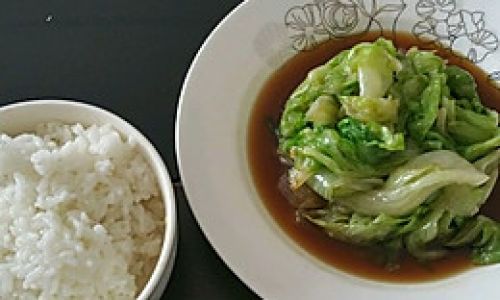
Next, cut the lettuce into quarters. Remove the core from each quarter by slicing diagonally at the base. This ensures even cooking and makes the lettuce easier to handle during blanching.
Blanching the Lettuce
Bring a large pot of water to a rolling boil. Add a pinch of salt to enhance the lettuce’s natural sweetness. Once boiling, carefully add the lettuce quarters. Blanch for 30–45 seconds—no longer, as overcooking will result in mushy leaves.
While the lettuce cooks, prepare an ice bath in a large bowl. Fill it halfway with ice cubes and cold water. As soon as the blanching time is up, use tongs to transfer the lettuce to the ice bath. This “shocking” step halts the cooking process and locks in the vibrant green color.
After 1–2 minutes in the ice bath, drain the lettuce thoroughly. Gently pat it dry with paper towels to remove excess moisture. Arrange the quarters on a serving platter, overlapping them slightly to create an attractive presentation.
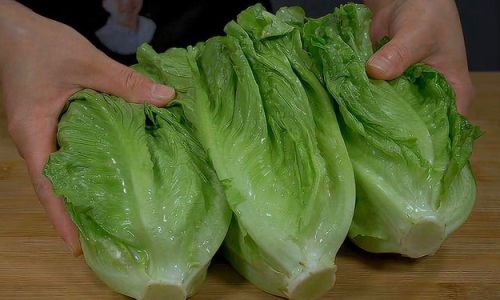
Crafting the Aromatic Sauce
The sauce is the heart of this dish, elevating the lettuce from plain to extraordinary. Mince the garlic and ginger (if using) finely. In a small bowl, combine the soy sauce, oyster sauce (if using), sesame oil, and sugar. Stir until the sugar dissolves.
Heat the cooking oil in a small saucepan over medium heat. Add the minced garlic and ginger, stirring constantly to prevent burning. Cook for 30–45 seconds until fragrant but not browned. Pour the soy sauce mixture into the pan and bring it to a simmer. Immediately remove from heat to avoid overcooking the garlic.
Assembling the Dish
Drizzle the hot sauce evenly over the blanched lettuce. The residual heat from the sauce will gently wilt the leaves slightly, infusing them with flavor. For a finishing touch, sprinkle with red chili flakes or sliced scallions. Serve immediately while the lettuce is still crisp and the sauce is warm.
Tips for Perfect Blanched Iceberg Lettuce
- Master the Blanching Time: Overblanching is the quickest way to ruin this dish. Err on the side of undercooking; the lettuce should retain a slight firmness.
- Use Fresh Lettuce: A stale head will wilt during blanching, resulting in a soggy texture.
- Adjust the Sauce to Taste: Some prefer a saltier sauce, while others lean sweeter. Taste and tweak the soy sauce-sugar ratio as needed.
- Don’t Skip the Ice Bath: This step is non-negotiable for preserving color and crunch.
- Experiment with Toppings: Toasted sesame seeds, fried shallots, or a splash of rice vinegar can add new dimensions to the dish.
Variations to Explore
While the classic recipe is a crowd-pleaser, don’t hesitate to adapt it to your palate or dietary needs:
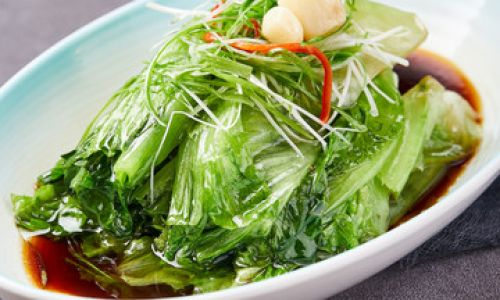
- Vegan Version: Substitute oyster sauce with a vegan alternative or an extra teaspoon of soy sauce.
- Spicy Kick: Add a dollop of chili oil or sliced fresh bird’s-eye chilies to the sauce.
- Citrus Twist: Squeeze a wedge of lime over the finished dish for a bright, tangy note.
- Herb-Infused Sauce: Stir chopped cilantro or basil into the sauce for a fresh, aromatic finish.
The Science Behind Blanching
Blanching is more than just a cooking technique—it’s a culinary science. By briefly exposing vegetables to boiling water, you deactivate enzymes that cause spoilage, preserving color, texture, and nutrients. The subsequent ice bath rapidly cools the produce, preventing overcooking and locking in vibrancy. For iceberg lettuce, this process ensures the leaves remain crisp while softening their raw edge, making them more palatable.
Nutritional Benefits of Iceberg Lettuce
Despite its reputation as a “less nutritious” green compared to kale or spinach, iceberg lettuce offers surprising health benefits:
- Hydration: Composed of 95% water, it’s an excellent way to stay hydrated.
- Vitamins: Rich in vitamin K (essential for blood clotting) and vitamin A (for eye health).
- Fiber: Promotes digestive health and keeps you feeling full.
- Low in Calories: A cup of shredded iceberg lettuce contains just 10 calories, making it ideal for weight-conscious diets.
When paired with the garlic-ginger sauce, the dish gains antioxidants and anti-inflammatory properties from the allium compounds in garlic and the immunity-boosting benefits of ginger.
Serving Suggestions
Blanched iceberg lettuce’s mild flavor and crisp texture make it a versatile companion to a variety of dishes:

- Asian-Inspired Meals: Pair with stir-fries, dumplings, or congee.
- Grilled Proteins: Serve alongside barbecued chicken, beef, or tofu.
- Brunch Spreads: Add to a breakfast buffet with eggs, bacon, and toast.
- Light Lunches: Top with shredded carrots, cherry tomatoes, and a sprinkle of sesame seeds for a refreshing salad.
Common Mistakes to Avoid
Even seasoned cooks can stumble with this seemingly simple dish. Here’s how to sidestep pitfalls:
- Overcrowding the Pot: Blanch in batches if needed to ensure even cooking.
- Using Dull Knives: A sharp knife ensures clean cuts, preventing bruised lettuce edges.
- Forgetting to Pat Dry: Excess moisture dilutes the sauce, resulting in a watery dish.
- Serving Lukewarm: The sauce should be hot when poured over the lettuce to enhance flavor absorption.
Cultural Context: Blanching in Asian Cuisine
Blanching, or zhǔ (煮) in Mandarin, is a cornerstone of Chinese cooking. It’s used to prepare vegetables, noodles, and even meats. The technique ensures ingredients are partially cooked before being stir-fried, deep-fried, or served cold. In the case of blanched iceberg lettuce, the method highlights the vegetable’s natural qualities while providing a canvas for bold seasonings.
Conclusion
Blanched iceberg lettuce is a celebration of simplicity—a dish that proves minimalism can be extraordinary. With its crisp texture, balanced flavors, and visual appeal, it’s a testament to the magic of humble ingredients elevated by technique. Whether you’re a novice cook or a seasoned home chef, this recipe deserves a place in your repertoire. Experiment with variations, share it with loved ones, and savor the joy of turning a basic vegetable into a culinary masterpiece. The next time you crave something fresh, crisp, and undeniably delicious, reach for that head of iceberg lettuce—and let the blanching begin.

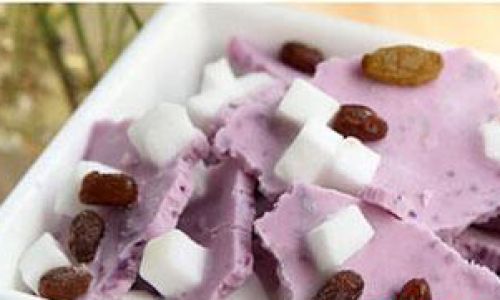

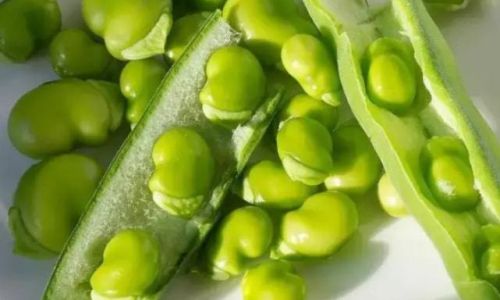

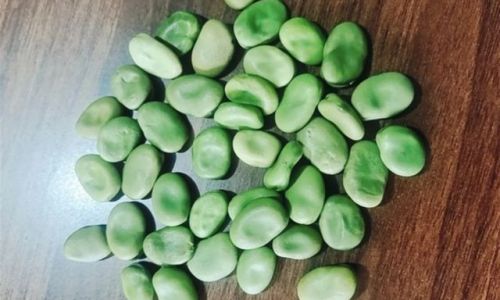
0 comments